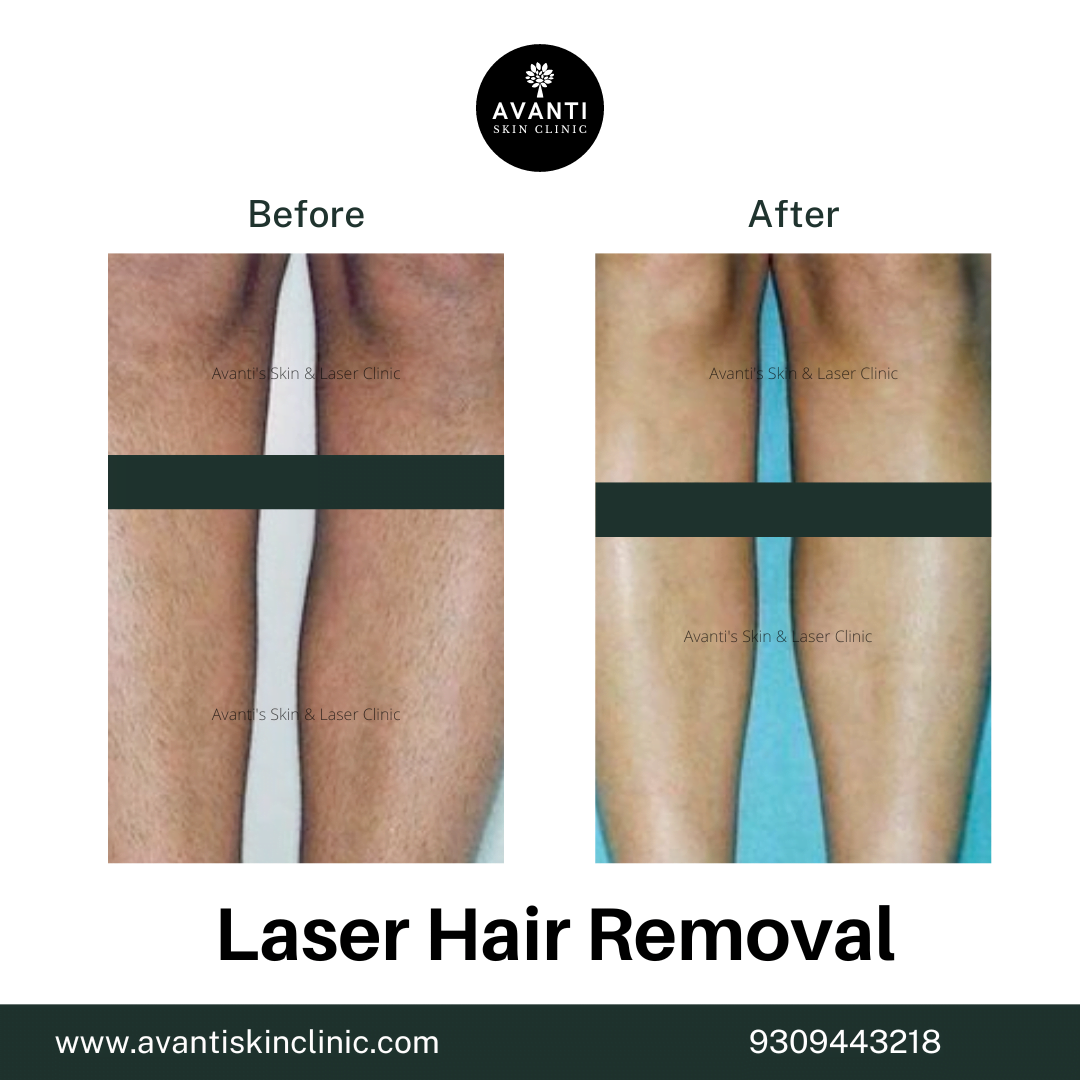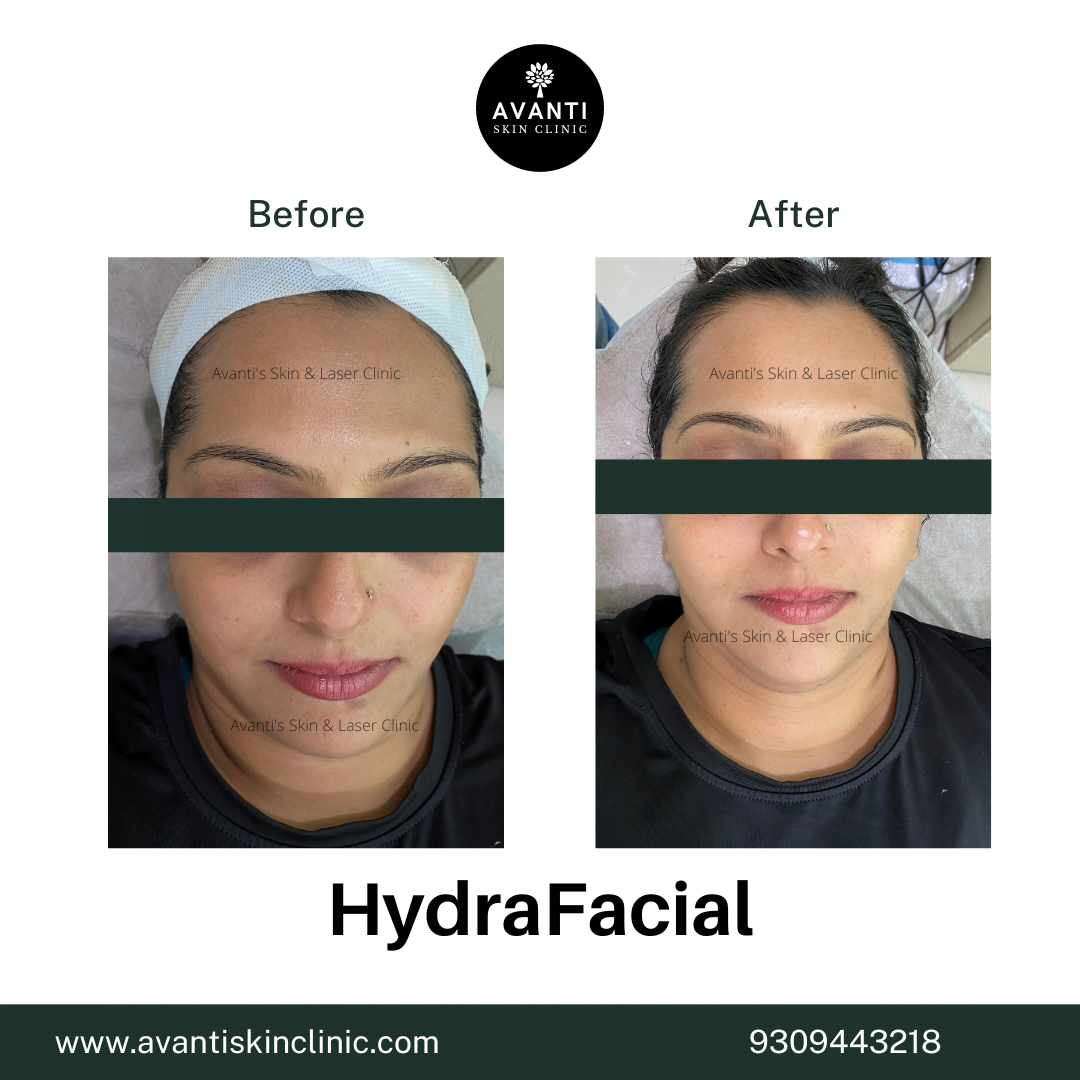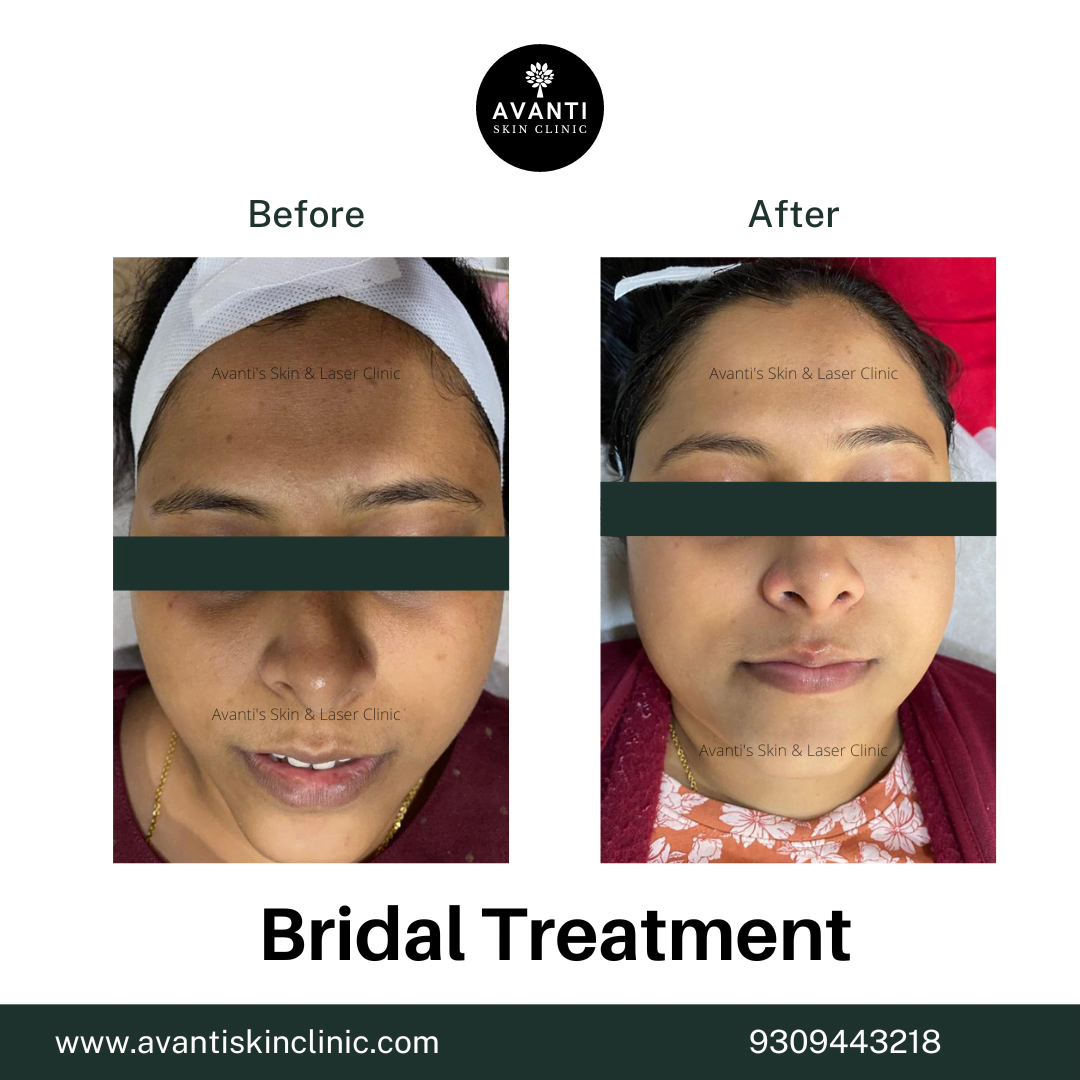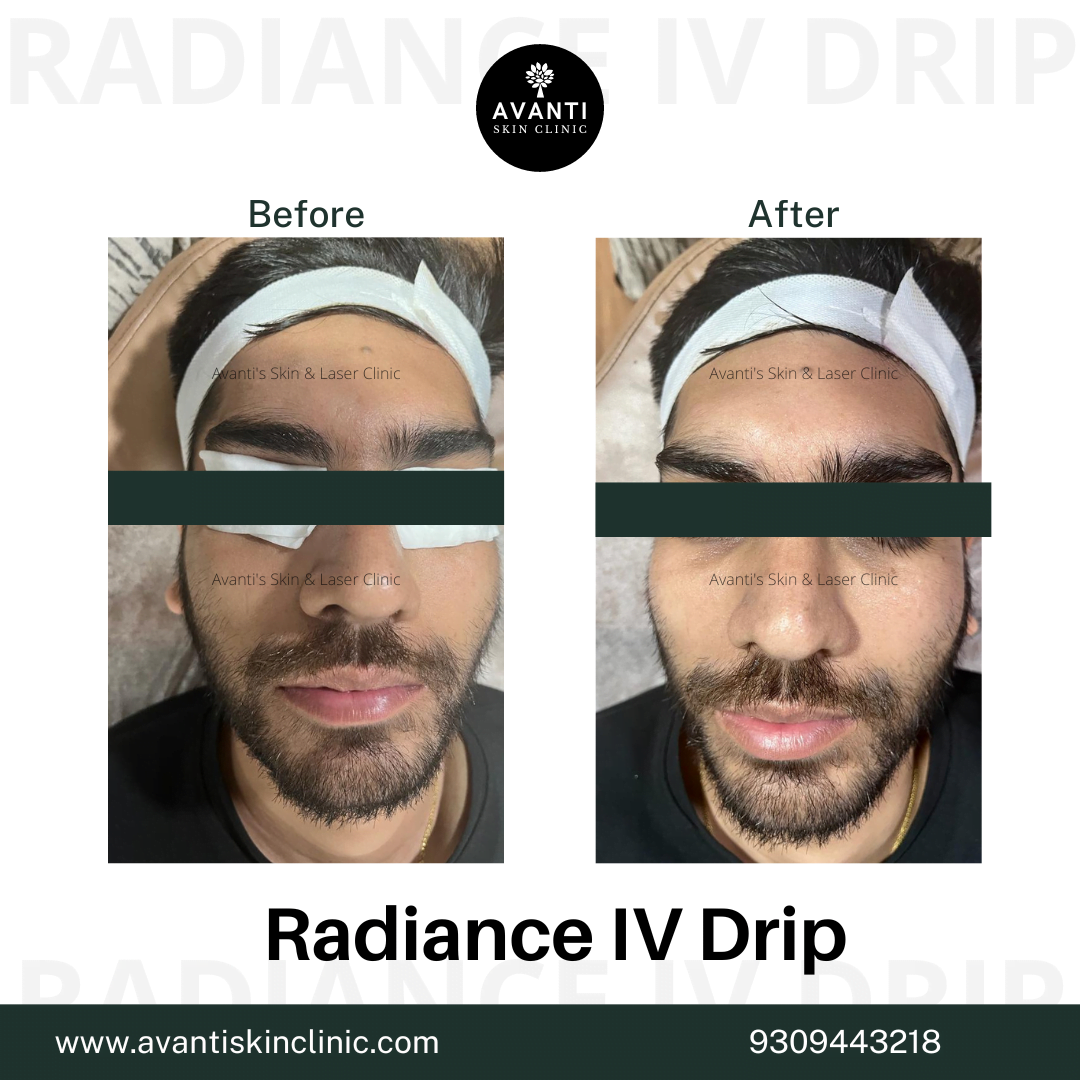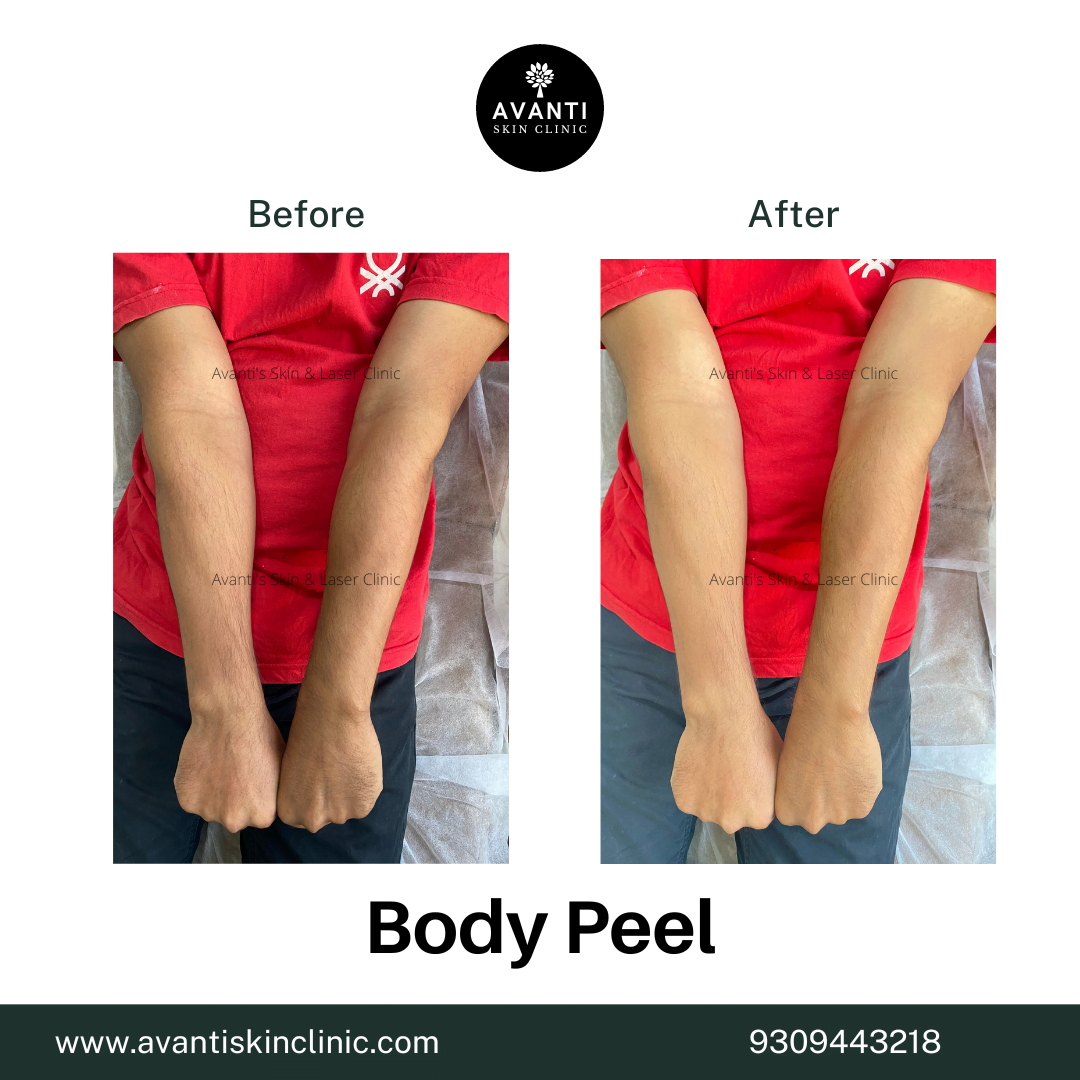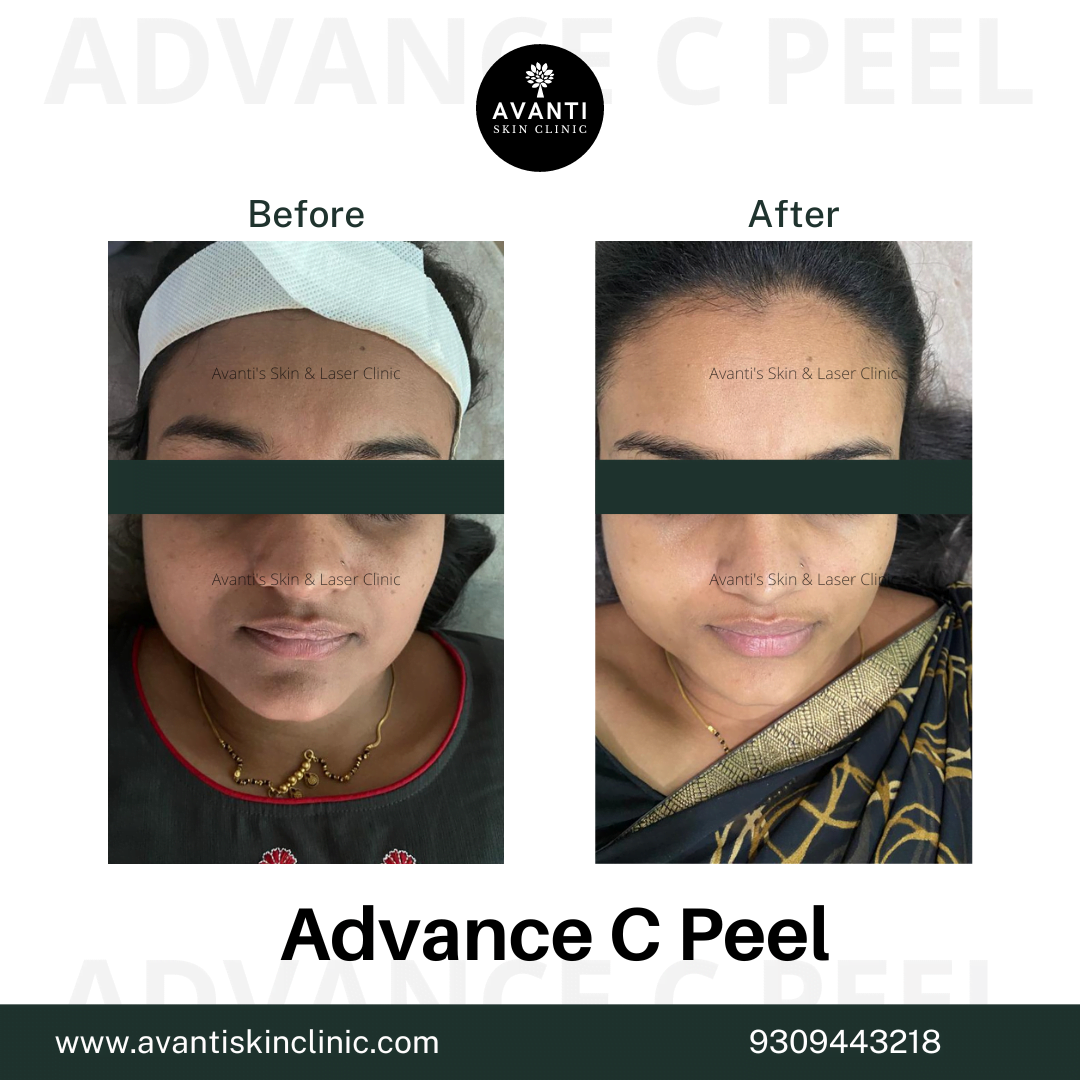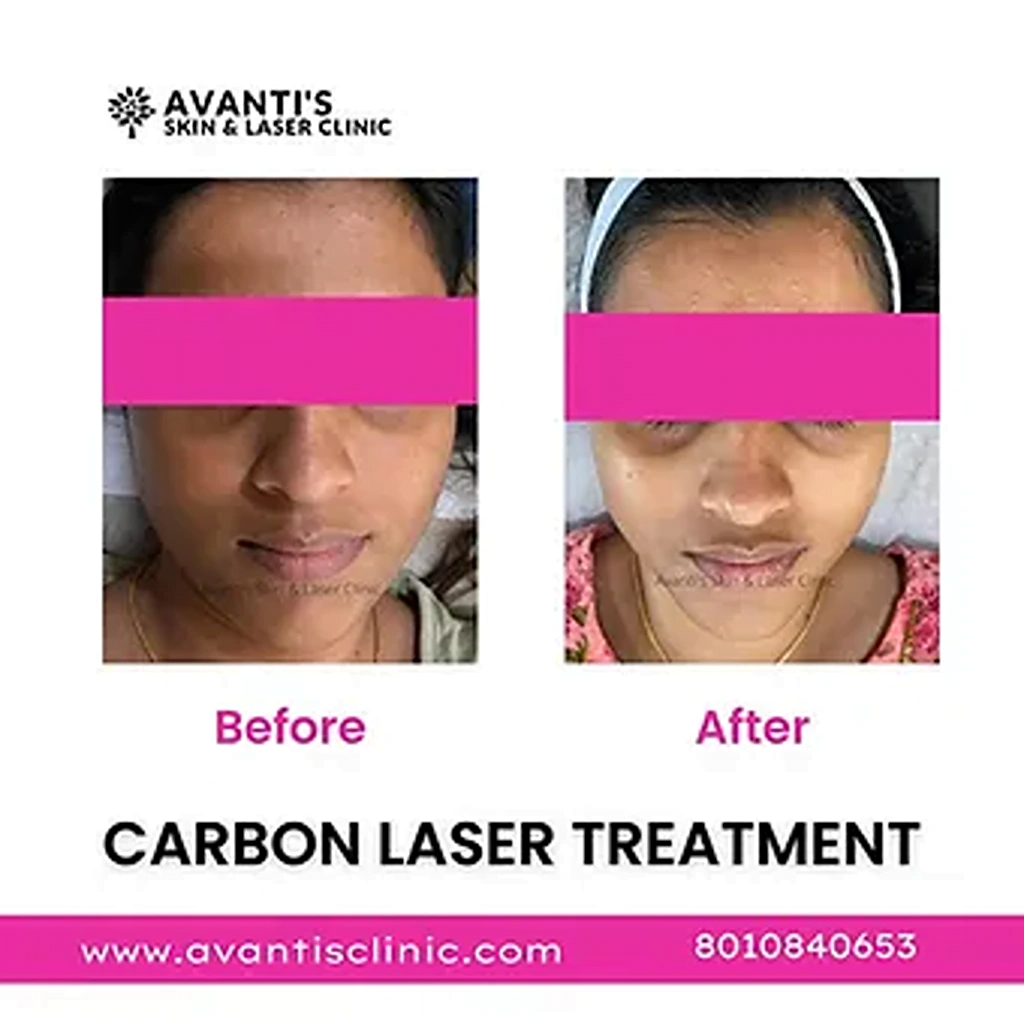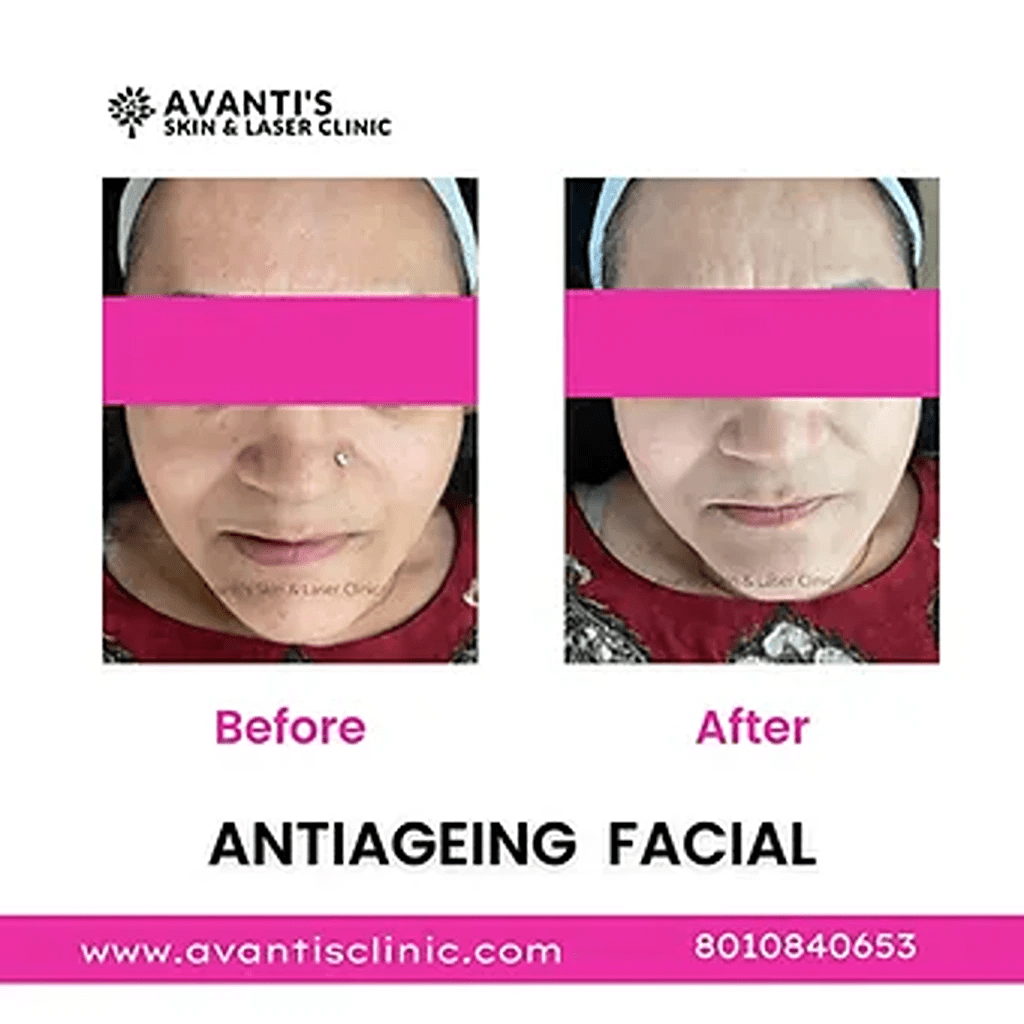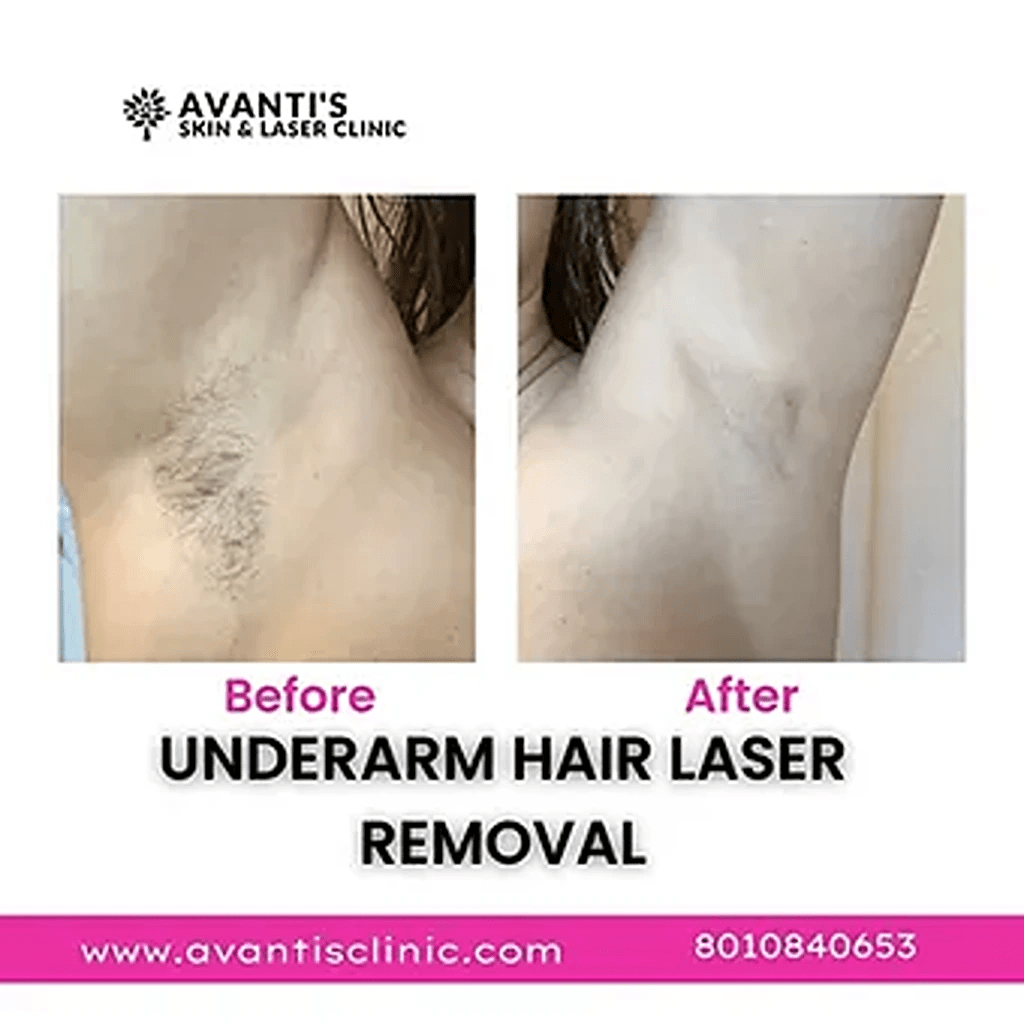Best Ways to Exfoliate Skin: What Works
Exfoliation is a vital part of any skincare routine. It helps remove dead skin cells, unclogs pores, and reveals a smoother, brighter complexion. But with so many methods and products available, it can feel overwhelming to decide the best ways to exfoliate skin. Should you use scrubs, acids, or natural remedies? And most importantly, how do you exfoliate skin without causing irritation?
This guide breaks down everything you need to know, including dermatologist-approved techniques and safe methods for those looking to learn how to exfoliate face at home.
Why Exfoliation Matters
Our skin naturally sheds dead cells every 28–40 days. However, this process can slow down due to age, lifestyle, or environmental factors. When dead skin builds up, it leads to:
- Dull and rough skin
- Enlarged pores
- Increased breakouts
- Uneven skin tone
- Reduced effectiveness of skincare products
That’s why understanding how to exfoliate skin properly is key to keeping your complexion healthy and radiant.
How Do You Exfoliate Skin?
Exfoliation can be done in two main ways:
Physical exfoliation
This involves using tools or products that physically scrub away dead skin cells. Common examples include:
- Scrubs with beads or granules
- Brushes or cleansing devices
- Exfoliating gloves or sponges
While effective, physical exfoliation should be done gently to avoid microtears or irritation.
Chemical exfoliation
This uses acids or enzymes to dissolve dead skin cells without scrubbing. Common ingredients include:
- Alpha hydroxy acids (AHAs) such as glycolic or lactic acid
- Beta hydroxy acids (BHAs) like salicylic acid
- Fruit enzymes such as papaya or pineapple
Chemical exfoliation is often more effective and safer for sensitive skin when used correctly.
Best Ways to Exfoliate Skin
When it comes to the best ways to exfoliate skin, dermatologists recommend a mix of methods depending on your skin type. Here are the most effective approaches:
1. Gentle scrubs
Ideal for normal to oily skin, scrubs with natural particles like rice powder, oatmeal, or walnut shell can remove buildup. However, avoid harsh, large granules as they may damage the skin.
2. AHAs for brightening
If you want to even out tone and reduce dullness, glycolic acid or lactic acid exfoliants are excellent. They dissolve the bonds between dead cells, revealing fresher skin underneath.
3. BHAs for acne-prone skin
Salicylic acid penetrates deep into pores, making it perfect for oily and acne-prone skin. It helps unclog pores, reduce blackheads, and minimise breakouts.
4. Enzyme masks
Papaya, pumpkin, or pineapple enzyme-based exfoliators are gentle yet effective. These are particularly suitable for sensitive skin types.
5. At-home tools
Dermatologist-approved brushes or silicone cleansing pads can provide mild physical exfoliation when used once or twice a week.
How to Exfoliate Face at Home
If you’re wondering how to exfoliate face at home safely, follow these steps:
- Cleanse your face first – Start with a mild face wash to remove dirt and oil.
- Choose the right exfoliator – Pick a scrub, peel, or mask that matches your skin type.
- Apply gently – For scrubs, use light circular motions for 30 seconds. For acids or masks, follow the instructions carefully.
- Rinse thoroughly – Wash with lukewarm water, not hot, to avoid dryness.
- Moisturise immediately – Lock in hydration with a nourishing moisturiser.
- Use sunscreen daily – Exfoliation can make your skin more sensitive to the sun.
Doing this 1–2 times a week is usually sufficient, though oily or resilient skin may handle more frequent exfoliation.
Best Way to Exfoliate Face by Skin Type
Every skin type has different needs. The best way to exfoliate face depends on whether your skin is oily, dry, sensitive, or combination.
- Oily skin – BHAs like salicylic acid work best as they go deep into pores and control sebum.
- Dry skin – Lactic acid provides both exfoliation and hydration. Gentle enzyme masks are also suitable.
- Sensitive skin – Opt for enzyme-based or very mild scrubs once a week. Avoid strong acids.
- Combination skin – Use AHAs for overall brightness and BHAs on oily zones such as the T-zone.
Natural and Homemade Exfoliation Remedies
For those who prefer a natural touch, there are safe options to try at home:
- Oatmeal scrub – Mix ground oats with honey for a soothing exfoliator.
- Sugar and olive oil – Works as a moisturising scrub for dry areas, but should be avoided on sensitive facial skin.
- Besan (gram flour) pack – A traditional Indian remedy that gently exfoliates while brightening.
- Coffee grounds – Popular for body scrubs, though too abrasive for the face.
These remedies show how to get rid of dull skin naturally, but remember that consistency and gentleness are crucial.
Exfoliation Mistakes to Avoid
While exfoliation is beneficial, overdoing it can cause more harm than good. Common mistakes include:
- Exfoliating daily or too frequently
- Using harsh scrubs with sharp granules
- Combining multiple exfoliants (like a scrub plus strong acids) in one routine
- Skipping sunscreen after exfoliation
- Not moisturising properly afterwards
To maintain healthy skin, learn how to exfoliate skin carefully without stripping its natural barrier.
Professional Exfoliation Treatments
Sometimes at-home care isn’t enough, especially for stubborn pigmentation or acne scars. Dermatologists may recommend:
- Chemical peels – Stronger versions of AHAs or BHAs done in-clinic.
- Microdermabrasion – A professional physical exfoliation procedure that buffs away dead cells.
- Laser resurfacing – Targets deeper layers for rejuvenation.
These should only be done under professional supervision for safe and lasting results.
Final Thoughts
Exfoliation is one of the simplest yet most effective ways to achieve healthier skin. Whether you prefer scrubs, acids, or how to exfoliate face at home with natural remedies, the key is to choose what suits your skin type and use it consistently but gently.
So, if you’ve been wondering how to exfoliate skin properly, remember: less is more. The best ways to exfoliate skin are those that balance effectiveness with gentleness, leaving your face smooth, radiant, and ready to glow.

